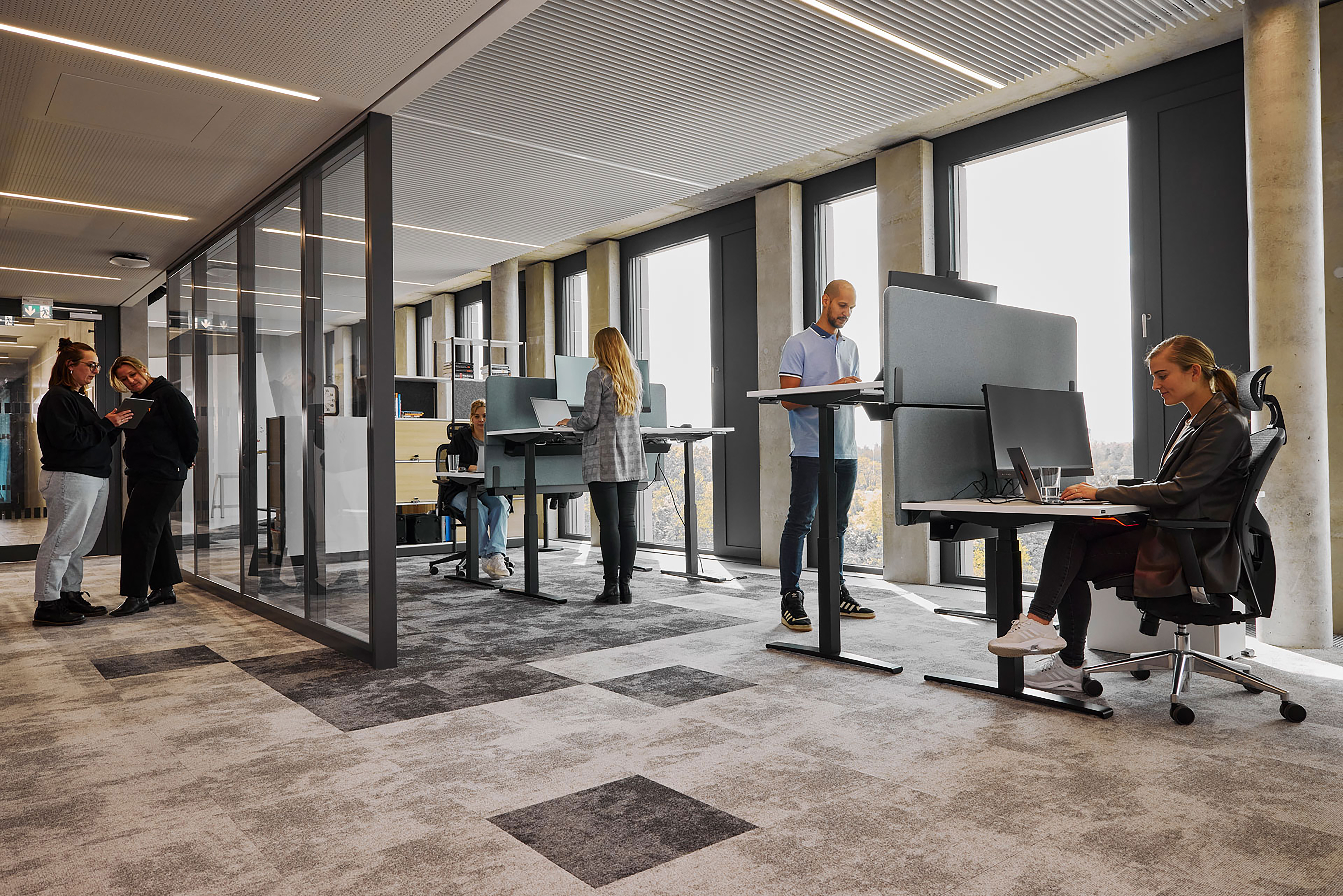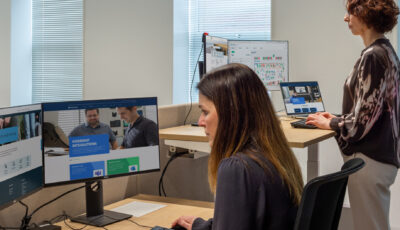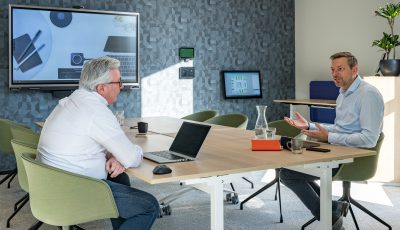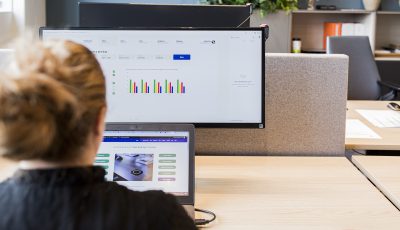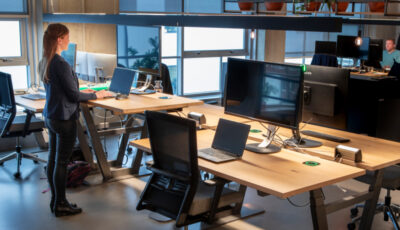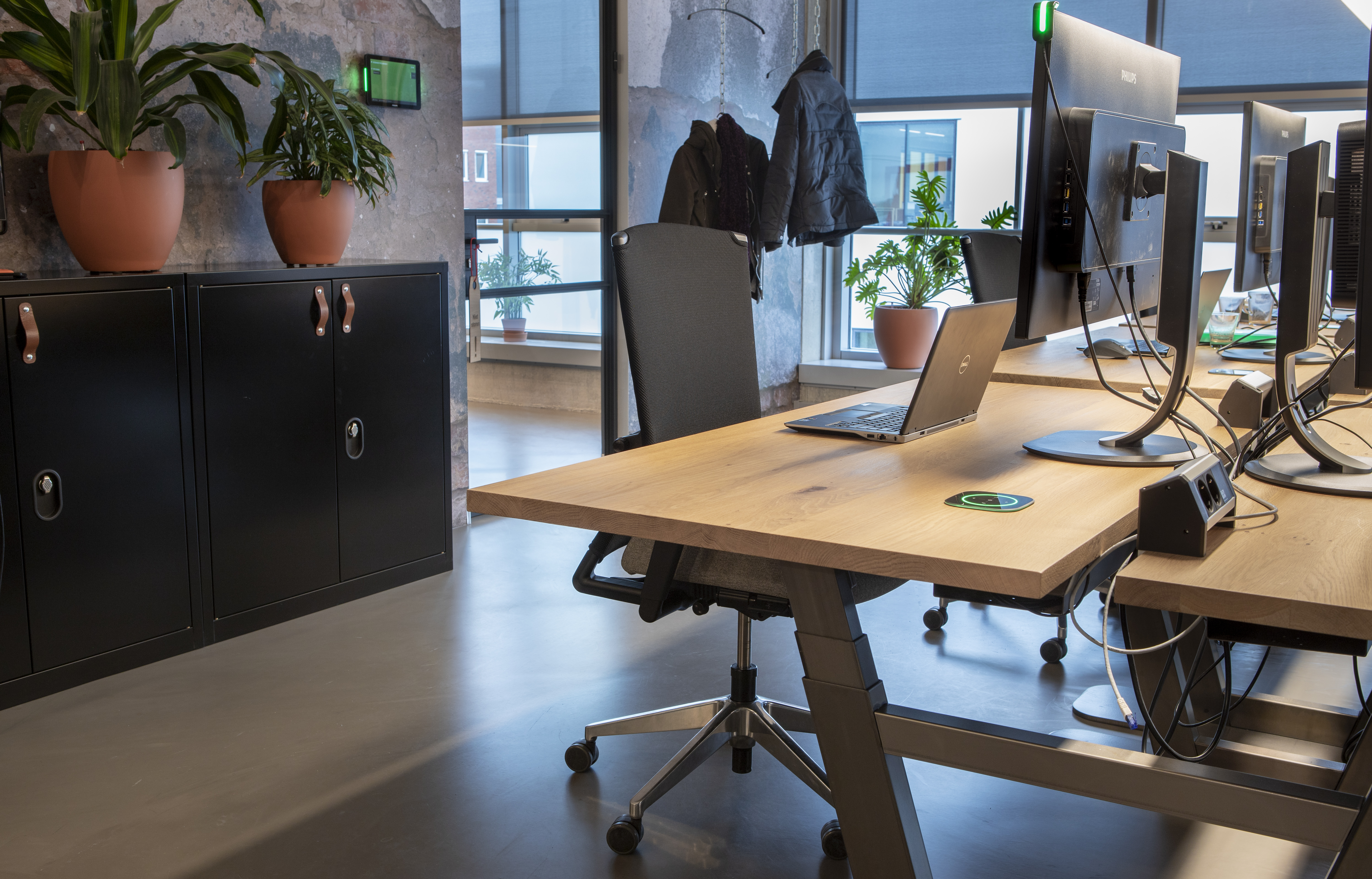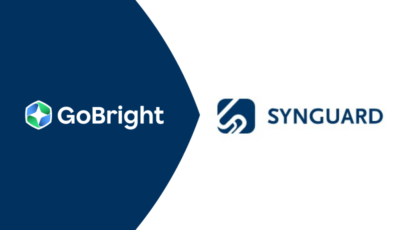The office has changed dramatically since the Covid-19 pandemic. Employees have grown accustomed to remote work, and hybrid and activity-based working (ABW) models have become the expectation rather than the exception. Studies show that nearly half of employees would consider leaving a job if their employer doesn’t offer flexible or ABW options.
Meanwhile, office layouts have largely stayed the same, and employees’ schedules are unpredictable. The result? Some days, the office is underutilised; on others, it’s overcrowded. Smart Workplace technology—such as desk and room booking systems, occupancy sensors, and space analytics—helps organisations manage this variability, optimise space usage, and maintain a productive, engaging environment.
Well, we can guarantee you it’s worth the investment.
Saving costs with occupancy measurement
Occupancy measurement is the practice of monitoring how an office or workplace is being used. It will give you insights into the needs of your employees: Are all desks and meeting rooms being used, and if not, which are more popular than others? Knowing this, you can make data-driven decisions in redesigning your office to fit modern needs and save money in doing so. Local governments in the United Kingdom, for example, are estimated to be able to save £7 billion annually by better space utilisation, according to APSE. That is over €8 billion per year!
Crunching numbers
Flexible and ABW practices are now the norm, meaning many employees are not in the office every day. According to Savills, the average European office occupancy rate in 2024 was 60%, leaving 40% of rented floorspace unused. This indicates that, on average, companies are spending twice as much on real estate as needed.
Occupancy measurement provides the data to calculate potential savings. Based on NEN 1824 standards, an average employee workstation requires at least 7 m², including circulation space, and meeting rooms require roughly 2 m² per participant. Multiply these areas by your rental cost per square metre to determine how much surplus space could be optimised—and how much money could be saved.
In practice
Before Covid, companies often maintained a 1:1 or 1:2 desk-to-employee ratio. GoBright research now shows that, with smart occupancy management and ABW support, the same desk can serve up to 4 employees (1:4 ratio).
For example, Company A with 500 employees could reduce the number of desks significantly using GoBright solutions. Considering an average European cost of €2,800 per desk per year, optimising desk usage could save over €1 million annually, while maintaining flexibility, employee choice, and productivity. Even if lease contracts limit immediate reductions, surplus space can potentially be repurposed or sublet, maximising ROI.
| Employee to seat ratio | Amount of desks
required |
Costs for workstations per year | Potential savings on real estate per year |
| 1:2 (Pre-Covid) | 250 | € 2,280,50 | € 0 |
| 1:3 | 167 | € 1,523,37 | € 757,13 |
| 1:4 (With GoBright) | 125 | € 1,140,25 | € 1,140,25 |
Sustainability benefits
Reducing unused office space doesn’t just save money—it supports sustainability goals. Optimising office layouts now can reduce energy consumption and emissions, aligning with the EU’s goal of carbon neutrality by 2050, while avoiding unnecessary investment in underused green building upgrades.
Additionally, GoBright’s Power Control Plug enhances energy efficiency at the workstation level. This smart accessory ensures that desk workstations are powered only when checked in, reducing idle energy consumption. Real-world savings of €24 per desk workstation per year can scale significantly in larger setups, contributing to lower operational costs and a reduced environmental footprint. By cutting unnecessary energy use, the Power Control Plug helps create a greener, more sustainable workplace.
Tailored solutions and guidance
Every organisation is unique. Potential savings vary depending on location, office type, number of employees, flexible and ABW policies, and space utilisation. GoBright advisors can help assess your specific situation and identify the most impactful opportunities.
Discover the full potential
Learn how occupancy measurement and data-driven space optimisation can help you create a smart, flexible, and activity-based office that enhances employee experience, reduces costs, and supports sustainability.
Download our white paper now to explore actionable strategies and ROI insights.
Explore how occupancy measurement and data-driven space optimisation can help you create an office that truly supports flexible and activity-based working. Learn how to reduce costs, improve employee experience, and boost sustainability—all backed by practical insights and ROI calculations.
Download the white paper now to unlock smart strategies tailored to today’s evolving workplace.


